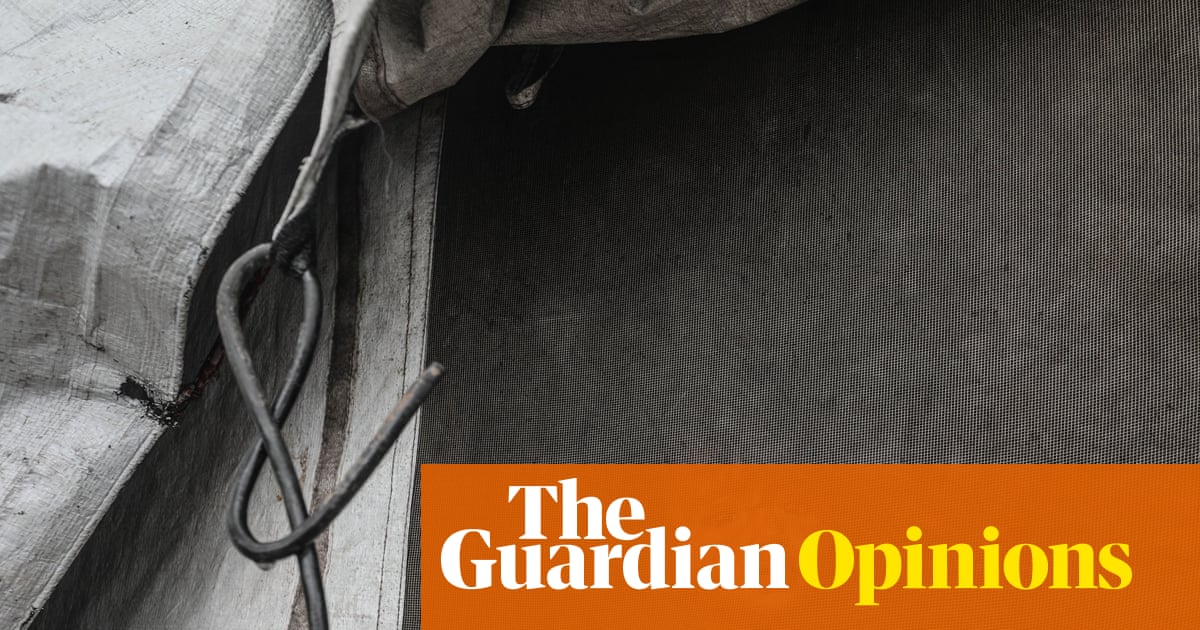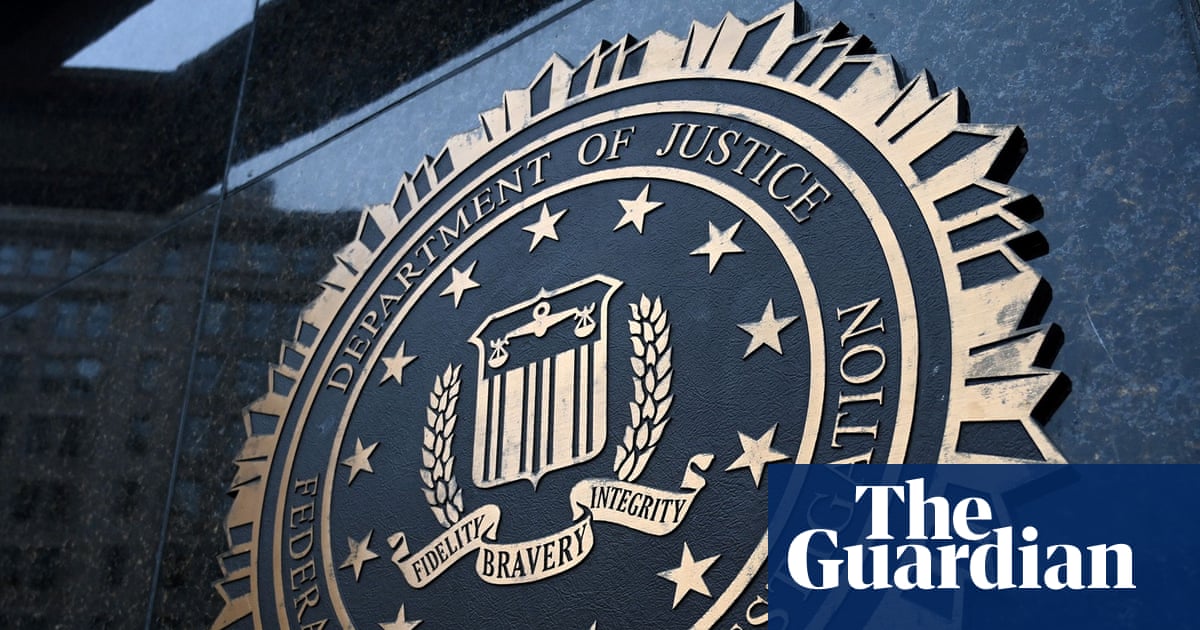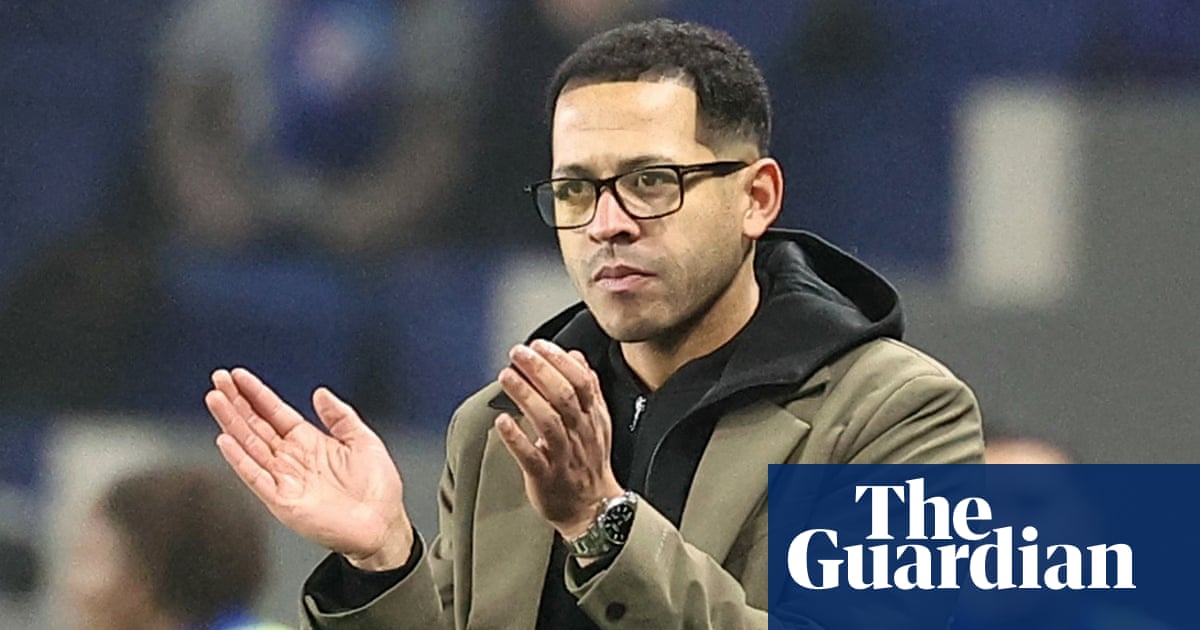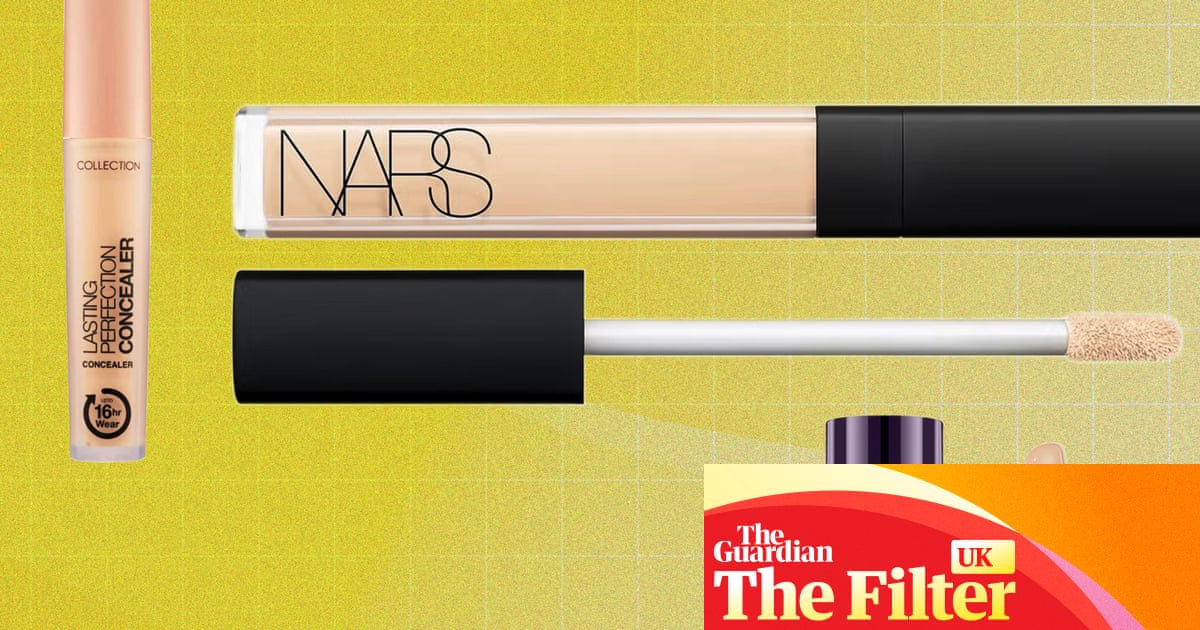The bowler clutched the metal ball and eyed his mark, a clump of grass, and studied the surface of the tarmac and the bend in the road ahead.
The crowd lining the ditch went silent, some praying for a good shot, others betting on a misfire. In an adjacent field, ponies munched on grass, oblivious to the tension.
The bowler bounded forward and unleashed a blur of motion: 737 grams (26oz) of solid iron hurtled past the spectators, hit the tarmac with a sharp clack and sailed on up the road. A perfect shot. A cheer erupted, startling crows from trees.
Welcome to the King and Queen of the Roads, an annual tournament in the Irish village of Ballincurrig that is the equivalent of Wimbledon for the ancient sport of road bowling.
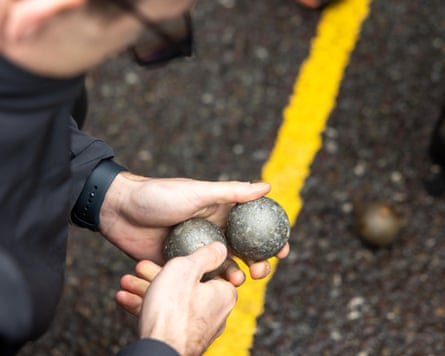
Photograph: Johnny Savage/The Guardian
It is no longer played with cannon balls, but the rules have remained largely unchanged for centuries: players take turns throwing a bowl along a 2km stretch of rural road and whoever reaches the finish line with the fewest throws – usually about 17 – wins.
The three-day tournament that concluded on Sunday, however, showcased some radical innovations that have underpinned a revival. It featured players and TV crews from Germany, Italy and the Netherlands and was livestreamed to a global audience that has turned the sport into a viral sensation that attracts podcasters and celebrities.
“We’re experiencing an upsurge, especially among young people,” said Séamus Ó Tuama, a member of the organising committee in Ballincurrig, in east county Cork. The Covid pandemic boosted popularity – the sport had few lockdown restrictions – and social media then turbocharged the appeal, said Ó Tuama. “TikTok and Instagram have had a big impact. Plus drones supply aerial footage that makes it more exciting to watch.”
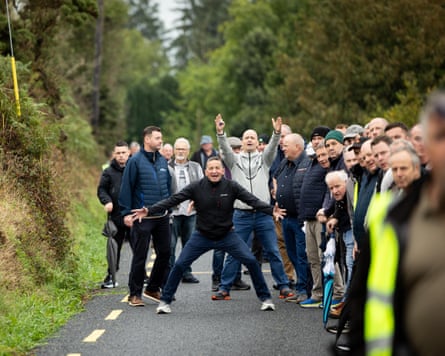
It is a remarkable turnaround for a sport that once united all classes in Ireland before declining in the 20th century, leaving just a handful of communities in Cork and County Armagh to sustain the tradition. “There was a sense of inferiority complex, that it was for men with flat caps,” said Ó Tuama.
This weekend, the 40th festival drew hundreds of people to Ballincurrig as well as thousands of online spectators and top players from European countries with their own bowling traditions.
“This is the most iconic tournament,” said Silke Tulk, a Dutch champion who has won eight Queen of the Roads titles. “It’s our Wimbledon. You feel the crowd’s energy out here on the roads just as you would in a stadium.”
Anke Klöpper, 33, a German champion, nursed hopes of beating Tulk and Ireland’s best female player, Kelly Mallon. “It’s my dream to be Queen of the Roads.” An Italian contingent from Umbria, making its first appearance at the tournament, was awed. “Beautiful,” beamed Marcelo Carloni.
The US actor Bill Murray made his road bowling debut in a visit to Ballincurrig last week – too early for the tournament, but he reportedly respected another tradition by buying a round in Smart’s bar.

Other celebrities have tuned in online via the live feeds of people such as Michelle Smith and Eamonn Bowen, who run the Facebook group Road Bowls in Ireland, which has 129,000 followers and has amassed 59m page views this year.
after newsletter promotion
The pair started livestreaming in 2017, giving expert, rapidfire commentary. They and have built a devoted following among Ireland’s diaspora and new converts to the sport. They covered much of the tournament from the platform of a cherrypicker that trundled behind the action.
The sport is amateur, but a lively sideline in gambling raises the stakes. Some tournaments generate hundreds of thousands of euros in bets.
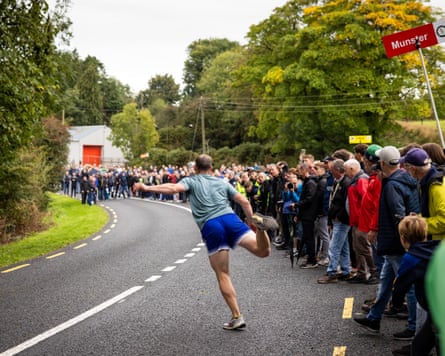
“A player needs fitness and skill and good nerves, especially if he knows his followers have €50,000 riding on him winning,” said Gerard McVeigh, 74, a veteran bowler from Armagh. The days of spectators betting only on their own side are gone, said Malachy Donnelly, 66. “Now you back the one that you think is going to win.”
For all the modern innovations, the sport’s core appeal remains tradition, said Ronan McClelland, a 31-year-old competitor. “It’s bred into you.” In keeping with his Armagh heritage, McClelland used an underarm throw, versus the rotating overarm technique favoured by Cork players.
Assistants called “road showers” act like golf caddies by advising bowlers on throws and angles. They also mimic tees by standing in the road as targets for bowlers to aim at – a job that requires nimble footwork to evade the ball.
Competitors build strength by swimming or cycling or using resistance bands but the key quality is mental toughness. “Everyone staring at you, and you don’t want to let them down,” said PJ Cooney, 53, a veteran champion. “The best sport in the world when you win, the loneliest when you lose,” said Cormac Gribben, 33.
Bill Daly, 68, who won the first King of the Road tournament in 1985, said he loves that foreigners now compete for the crown, and that people across the world tune in, but that at heart the game remained unchanged. “It’s the same magic.”

 3 months ago
79
3 months ago
79
